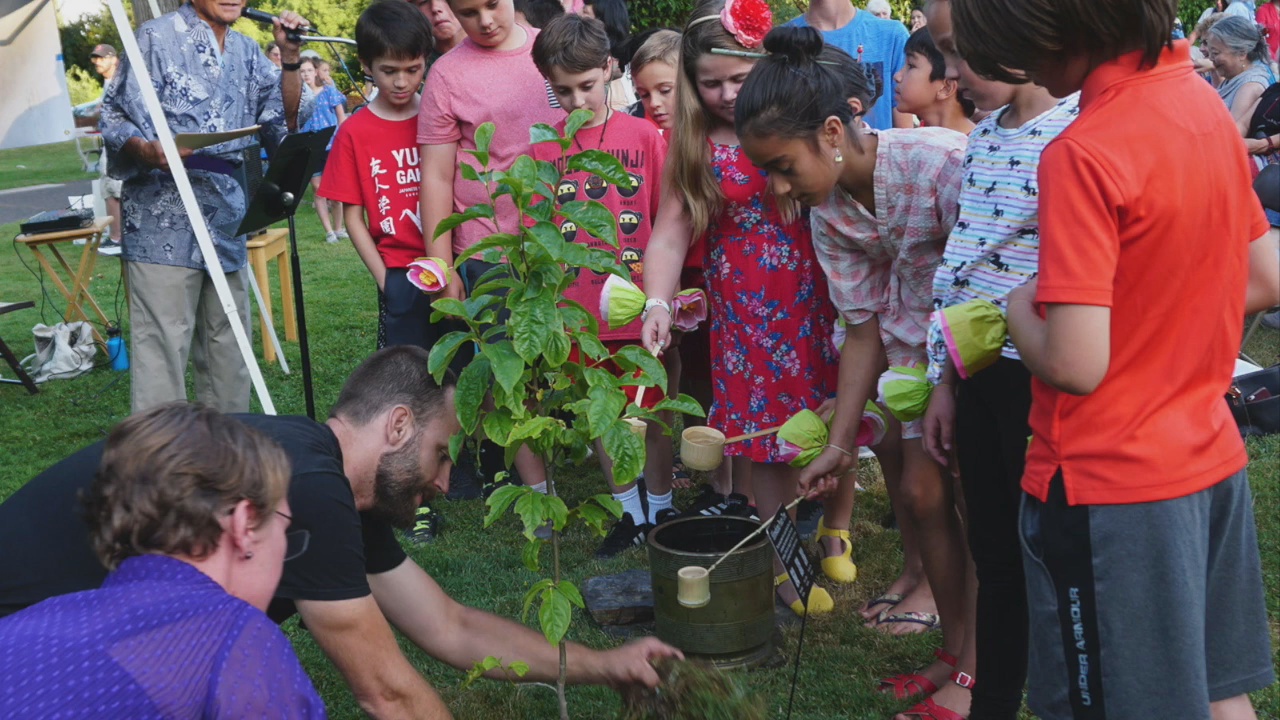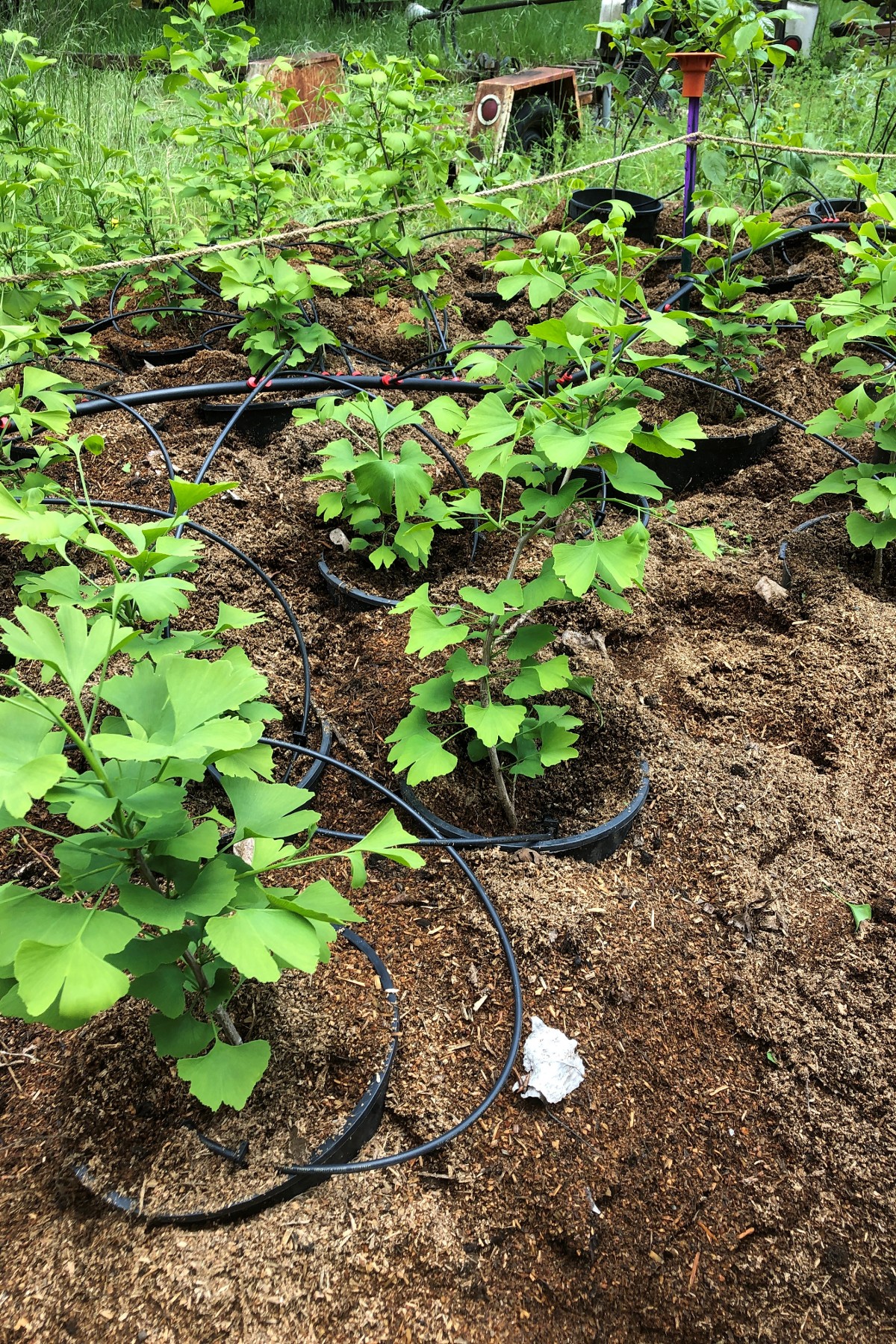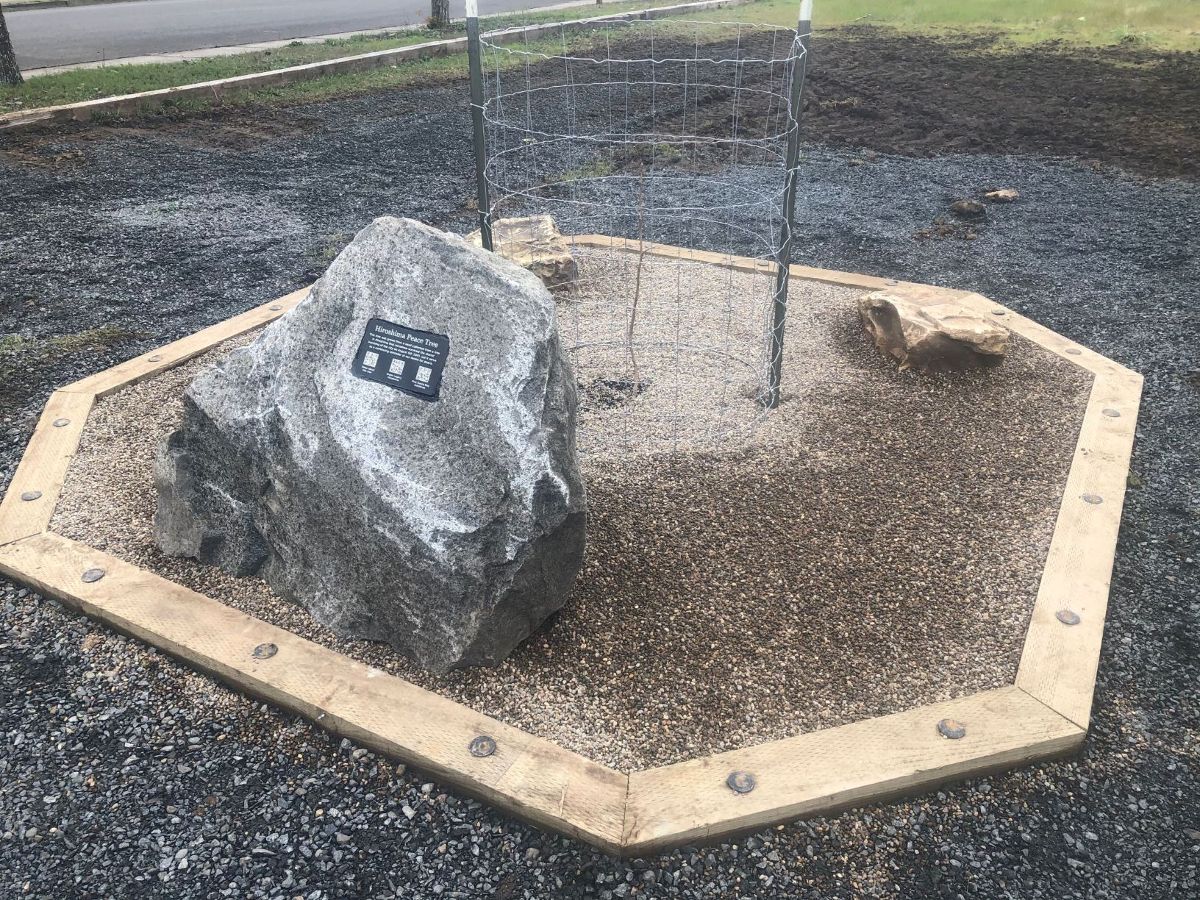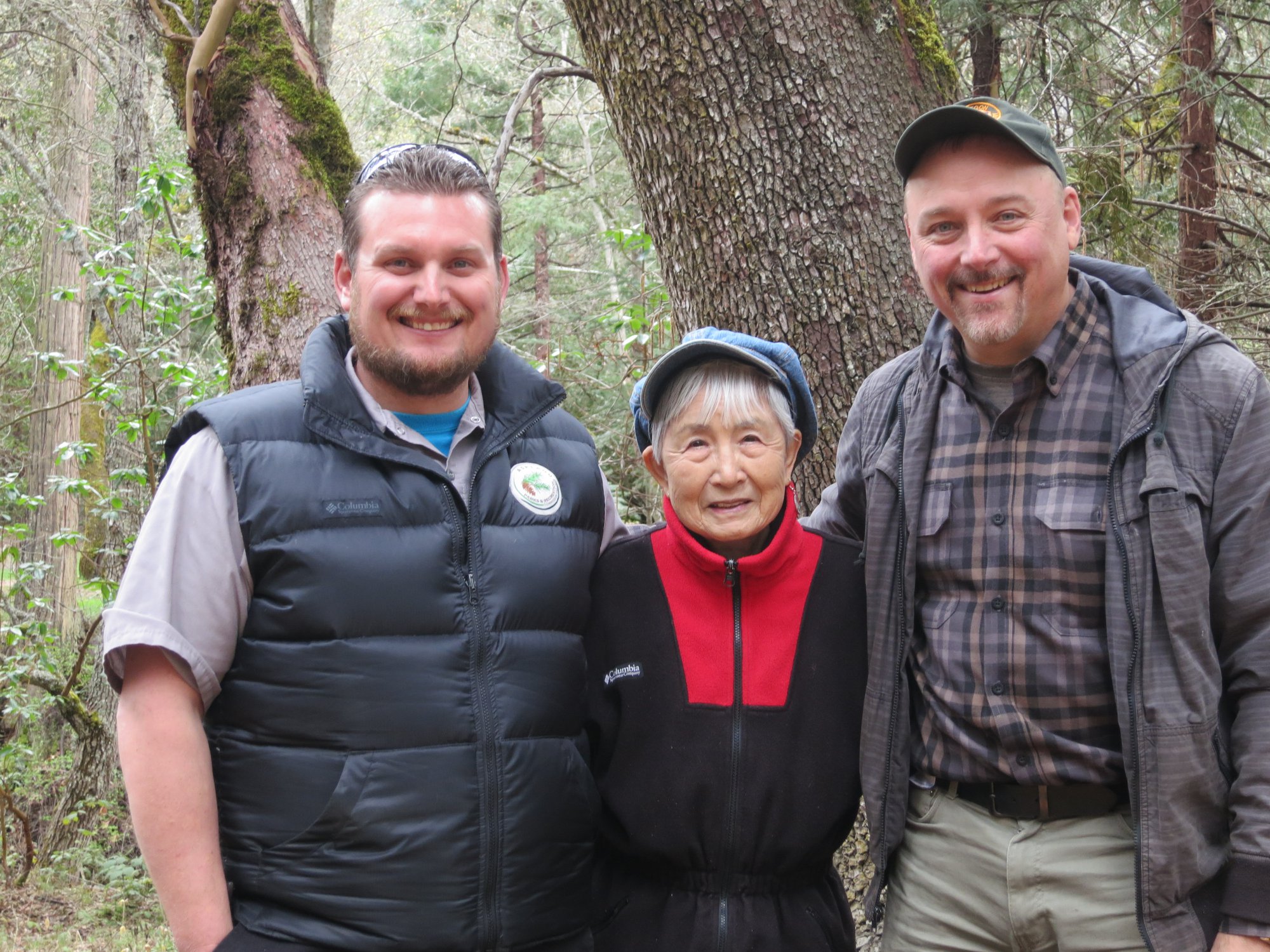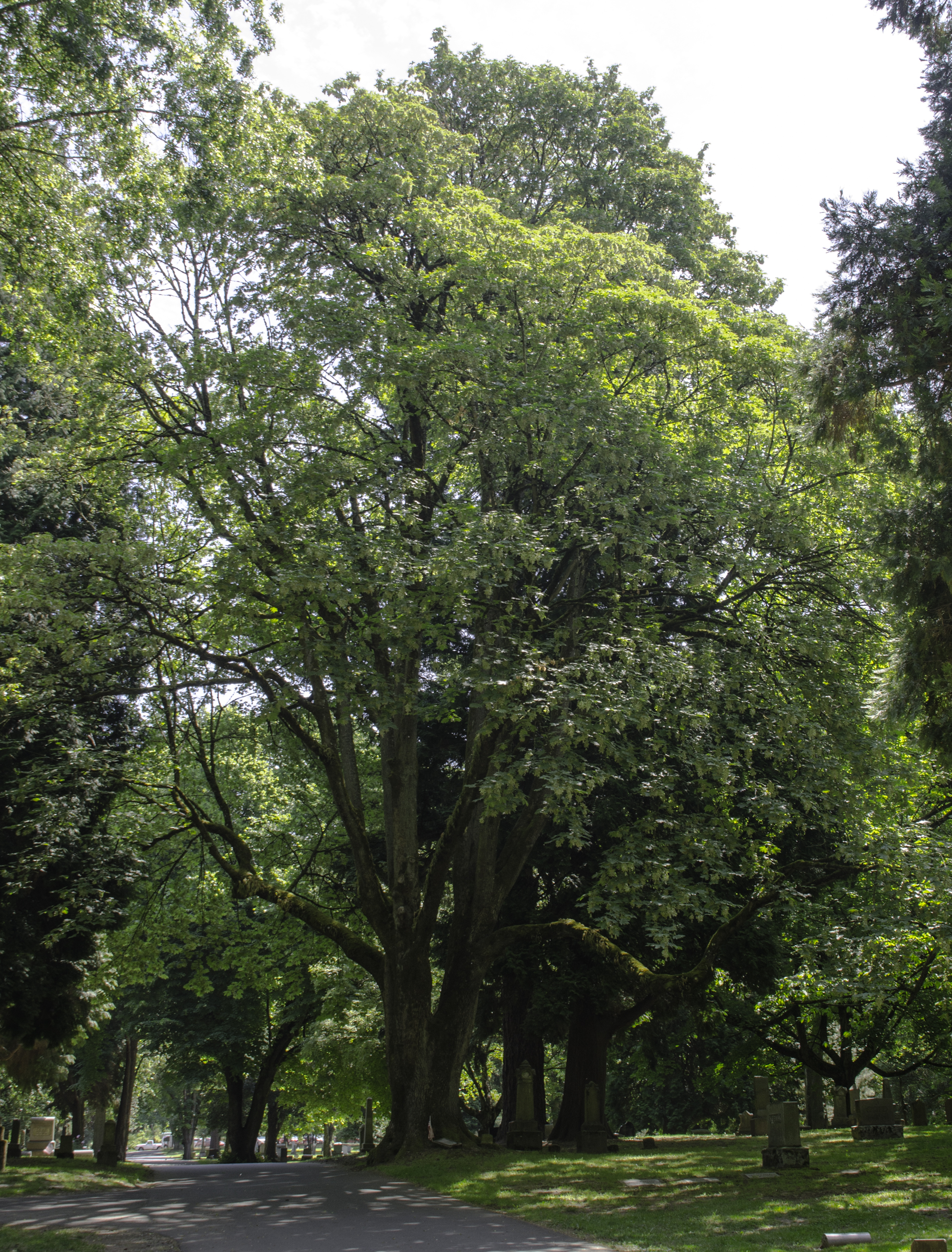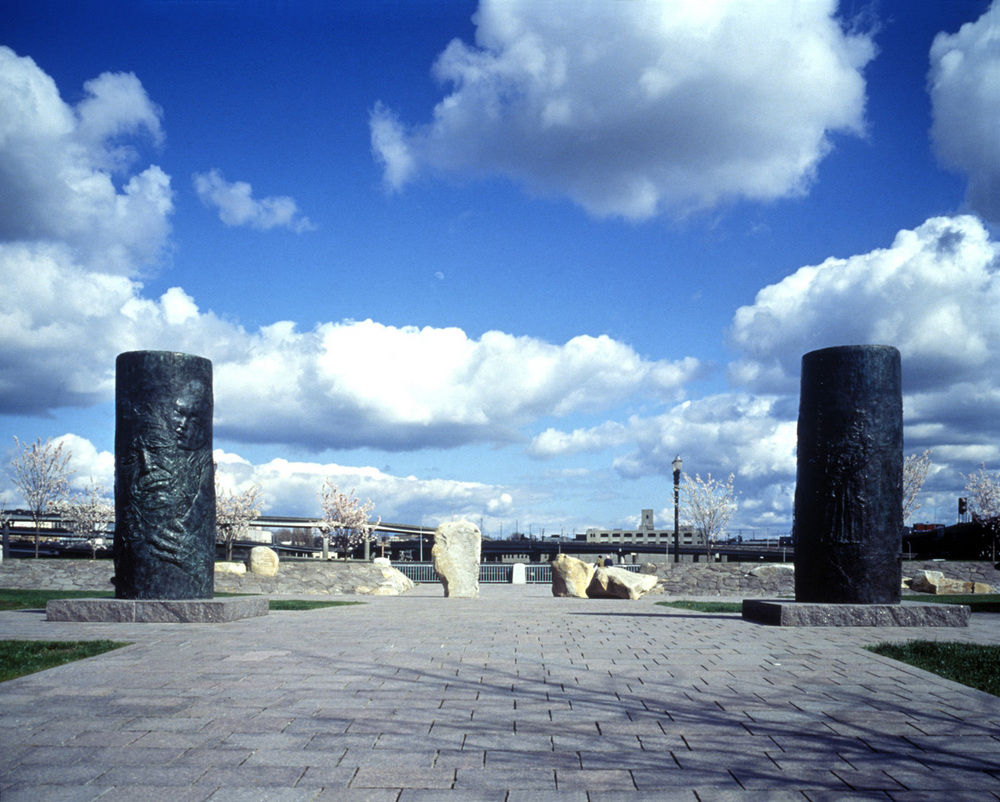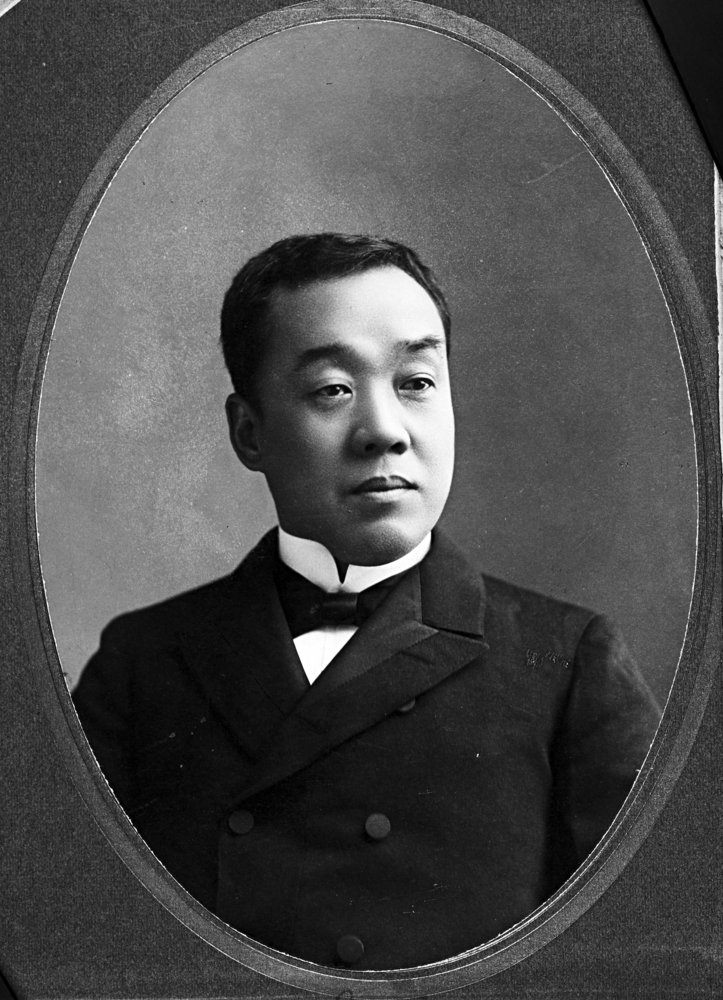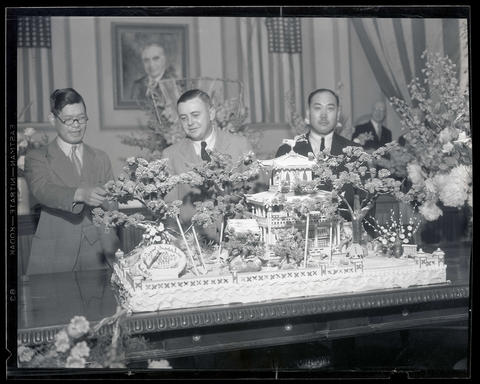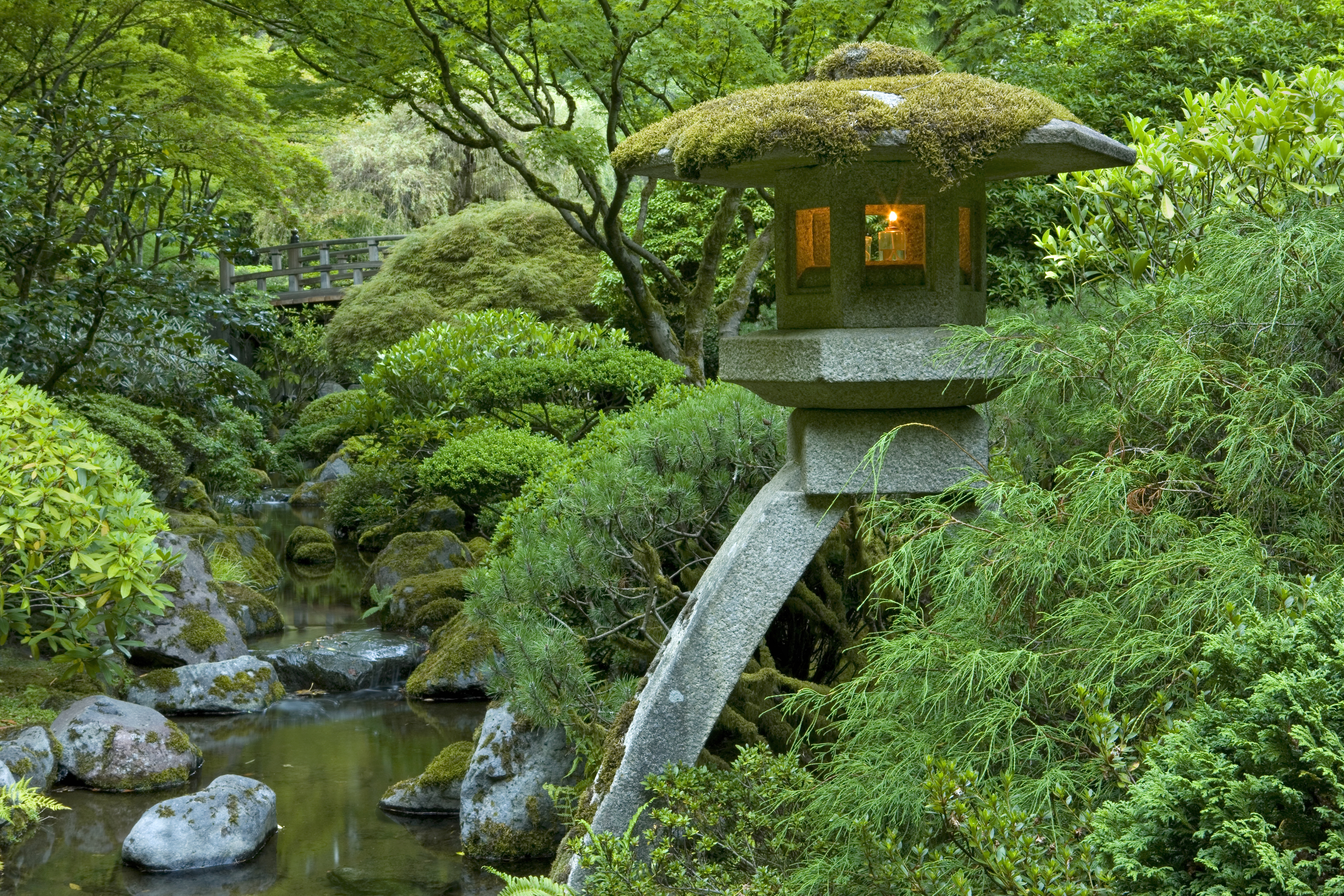From 2019 through 2022, thirty-four communities in Oregon planted a total of fifty-one Hiroshima Peace Trees, the progeny of Hibaku Jumoku, trees that survived the atomic bombing of Hiroshima, Japan. As part of the United Nation’s Green Legacy Hiroshima Project (Mirai-Isan), communities across the globe planted the trees as a reminder of the horrors of nuclear war and as a symbol of the resilience of humankind and the natural world. The seeds collected by affiliate members of the Green Legacy Hiroshima Project were imported, germinated, and distributed to communities in Oregon and other states through a partnership of One Sunny Day Initiatives (OSDI), the Oregon Department of Forestry, and Oregon Community Trees.
The City of Hiroshima recognizes over 160 trees that survived inside the two-kilometer radius of the hypocenter of the atomic bomb that was detonated by the United States on August 6, 1945. The regrowth of the trees, after the death and destruction caused by the bomb, symbolized hope for the people who survived and rebuilt the city. The trees became representations of peace and global nuclear disarmament and important landmarks for survivors to process their trauma.
In 2011, with support from the United Nations Institute for Training and Research, Green Legacy Hiroshima (GLH) was founded to disseminate the “double message of caution and hope that the unique survivor trees of Hiroshima represent, recalling on the one hand the dangers of arms of mass destruction and nuclear weapons in particular, and on the other hand the sacred character of mankind and the resilience of nature.” Working with volunteers, GLH gathers the seeds from A-bombed trees and distributes them to institutional partners such as schools, botanical gardens, and government campuses. As of November 2022, GLH’s 126 partners had planted trees in forty countries.
In Oregon, the Hiroshima Peace Trees effort was initiated by Hideko Tamura Snider, who was ten years old in Hiroshima when the United States dropped the atomic bomb, killing as many as 140,000 people, including Tamura’s mother (an additional 74,000 people died when a bomb was dropped on Nagasaki). She moved to the United States, where she earned a graduate degree from the University of Chicago and counseled cancer patients undergoing radiation treatment. After she retired from her social work practice, she moved to Medford, where in 2007 she founded One Sunny Day Initiatives (OSDI), a nonprofit that “educates the public about the consequences of the use of nuclear weapons and plants seeds of peace, hope and reconciliation among people of the world, through educational presentations and cultural exchange programs.” Snider is the author of a memoir, One Sunny Day (1996), and a children’s book, When a Peace Tree Blooms (2013).
After learning about the Hiroshima Green Legacy Project in 2016, Snider collaborated with Michael Oxendine, the landscape supervisor at Southern Oregon University, to apply for and import seeds from GLH. In spring 2017, volunteers planted more than 125 gingko (Ginkgo biloba), persimmon (Diospyros kaki), and camphor seeds, and OSDI got in touch with hundreds of colleges and universities, Mayors for Peace cities, botanical gardens, peace and justice organizations, and faith communities to find sponsors for the trees. By the fall of 2018, Oxendine had left SOU, and the seedlings were cared for by OSDI board members Chris Crawford, Stuart Raub, and Estelle Voeller.
Working with Jim Gersbach of the Oregon Department of Forestry and Jennifer Killian of Corvallis Parks and Recreation, OSDI moved the seedlings to Corvallis, where Kristin Ramstad of the Oregon Department of Forestry's Urban and Community Forestry Program worked to offer the trees to Oregon communities. Each tree had to be planted in publicly accessible locations, include a plaque noting its significance as a Hiroshima Peace Tree, and have a public dedication. The first of the Oregon Hiroshima Peace Trees was planted at Oregon State University on April 11, 2019, at the Asian Pacific Cultural Center. Since then, OSDI has filled requests from Ashland, La Grande, and Tillamook, among other Oregon cities.
OSDI has provided trees—including camphor trees, which are not suited to Oregon winters—to communities in California, Georgia, Indiana, Pennsylvania, South Carolina, and Wisconsin. The Oregon Department of Forestry maintains a map and database for the Hiroshima Peace Trees in Oregon.
-
![]()
Peace Tree, Alton Baker Park, Eugene, 2019.
Courtesy One Sunny Day Initiatives -
![]()
Hiroshima Peace Trees, growing in Corvallis.
Courtesy Oregon Department of Forestry -
![]()
Hiroshima Peace Tree, Cresswell, Oregon.
Courtesy Oregon Department of Forestry -
![]()
Hideko Tamura-Snider, with Mike Oxendine (left) and Jim Gersbach of Oregon Community Trees.
Courtesy Oregon Department of Forestry
Related Entries
-
![Heritage Trees of Portland]()
Heritage Trees of Portland
The Heritage Tree program in Portland celebrates and protects trees tha…
-
![Japanese American Historical Plaza (Portland)]()
Japanese American Historical Plaza (Portland)
Using thirteen engraved stones of basalt and granite, the Japanese Amer…
-
![Japanese Americans in Oregon]()
Japanese Americans in Oregon
Immigrants from the West Resting in the shade of the Gresham Pioneer C…
-
![Japanese Ancestral Society]()
Japanese Ancestral Society
In the early 1900s, spurred on largely by railroad construction, farmin…
-
Portland Japanese Garden
For more than forty-five years, the Portland Japanese Garden has offere…
Related Historical Records
Map This on the Oregon History WayFinder
The Oregon History Wayfinder is an interactive map that identifies significant places, people, and events in Oregon history.
Further Reading
Hiroshima Green Legacy (website).
"Hiroshima Peace Trees in Oregon: A long journey to a new home." Oregon Department of Forestry.
Petersen, David, and Mandy Conti. Survivors: The A-bombed Trees of Hiroshima. Morrisville, NC: Lulu Press, 2008.
Del Tredici, Peter. "Hibaku Trees of Hiroshima." Arnoldia 53.3 (1993): 25-29.
Snider, Hideko Tamura. One Sunny Day: A Child's Memories of Hiroshima. Chicago, Ill.: Open Court Press, 1998.
Snider, Hideko Tamura. When a Peace Tree Blooms. Medford, Ore.: One Sunny Day, 2013.

